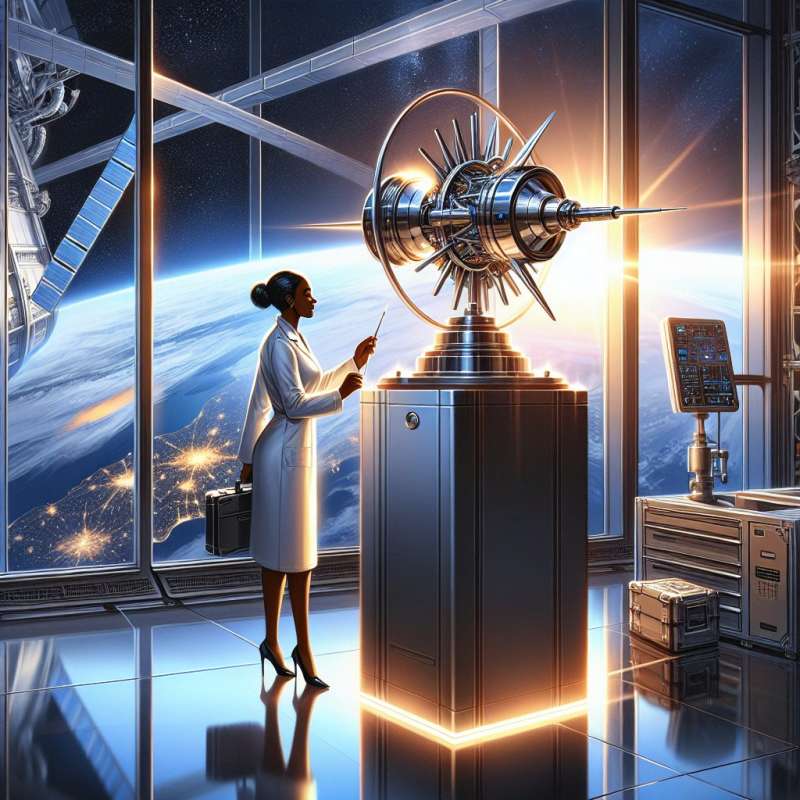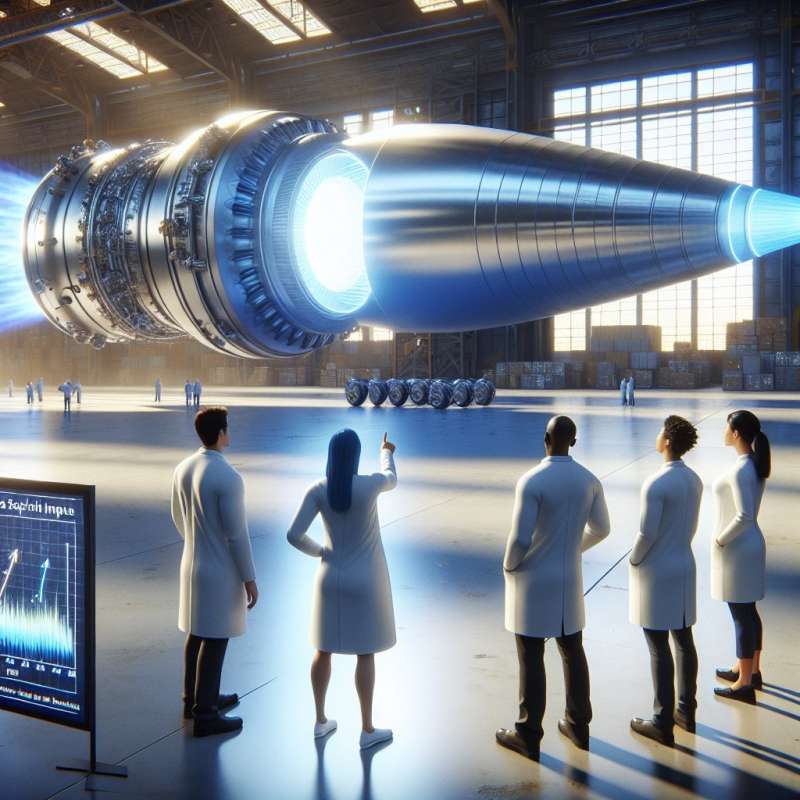
Introduction to Ion Thrusters
Ion thrusters are advanced propulsion systems using ions to create thrust in space. Unlike chemical rockets, they deliver fuel efficiency over longer missions, pushing spacecrafts with gentle, continuous force.
Ion Thruster Mechanics
Ion thrusters work by ionizing propellant gas, usually xenon, using electric power. The ions are then expelled out of the engine, producing thrust according to Newton's third law.
Hall Effect Fundamentals
The Hall Effect refers to the generation of voltage across an electrical conductor, transverse to an electric current and an applied magnetic field. It's key in many technologies, including Hall effect thrusters (HETs).
Hall Effect Thrusters
HETs leverage the Hall Effect to accelerate ions. Magnetic and electric fields are used to trap electrons, which then ionize the propellant, creating a plasma that's accelerated to produce thrust.
Efficiency and Duration
Ion thrusters operate at high efficiency, with specific impulses up to 10 times greater than chemical rockets. This allows spacecraft to travel further and carry less propellant.
Notable Missions
NASA's Dawn spacecraft, which visited Vesta and Ceres, used ion propulsion. The technology has proven to be reliable and effective for deep space exploration.
Future of Space Travel
Ion and Hall effect thrusters could revolutionize space travel, enabling long-duration missions, including cargo trips to Mars and beyond, by dramatically reducing propellant needs.
What do ion thrusters primarily use?
Chemical reactions for thrust
Ions for generating thrust
Large propellant quantities
Company